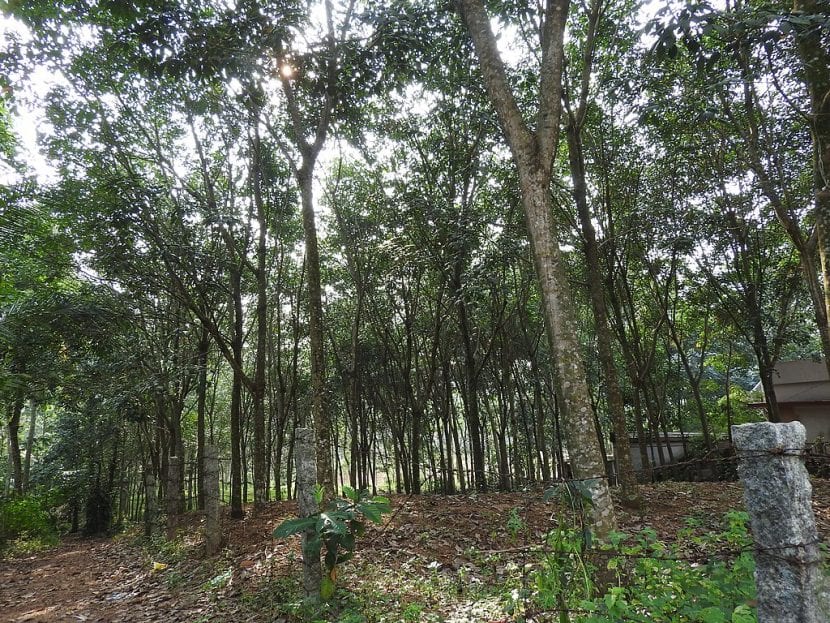
Image - Wikimedia / Yercaud-Elango
Plants of the genus hevea They are some of the largest that you can find in the tropical jungles of America. They can reach and even exceed 20 meters in height, with large webbed leaves of a beautiful green color.
They are very useful for fauna, since they provide a pleasant shade and shelter, in which they can hide from possible predators; but they are also for the human being.
Origin and characteristics of the Hevea
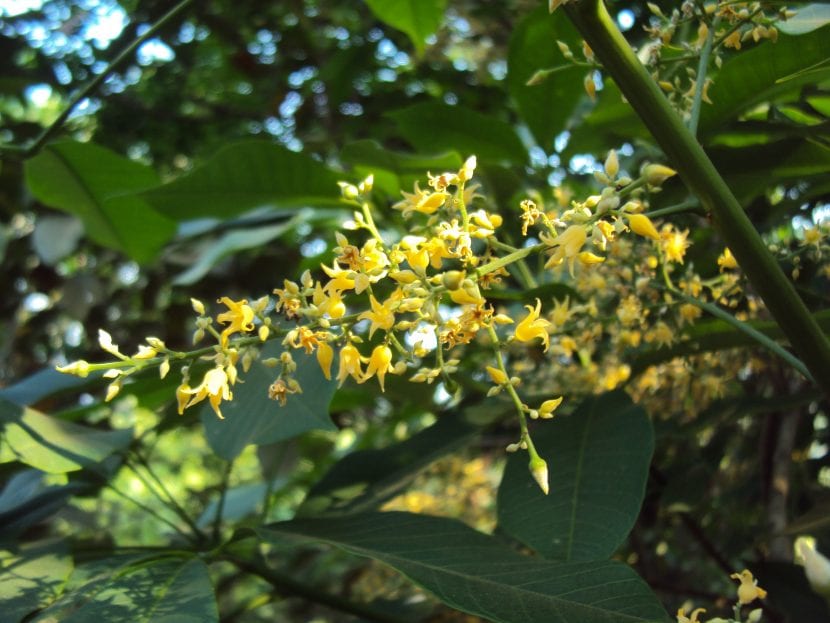
Image - Wikimedia / Vinayaraj
The genus of the Hevea is composed of nine species of evergreen trees originating above all from the Amazon basin and the Orinoco. They are popularly known as fine rubber, white seringa, jacia or seringa rubber. As we said at the beginning, they are very large plants, which they can reach 30, sometimes 40 meters with the trunk of up to 60-70cm in diameter. The leaves are palmately compound, with 3 elliptical to obovate leaflets measuring 5-60cm long by 3-16cm wide.
They are monoecious; that is, they have the female and male flowers in the same specimen. These are grouped in panicle-shaped inflorescences, and are terminal or axillary. They can measure up to 12cm long. The fruits are capsules containing ellipsoidal seeds 2 to 3,5 cm long.
Main species
The most popular are:
hevea benthamiana
It is a tree that usually grows up to 20 meters, but can reach 45 meters if it is isolated, which contains abundant thick latex. The leaves are alternate, palmately compound, with 3 oblong-ovate leaflets 9-12cm long by 4-5cm wide.
hevea brasiliensis
In this tree 20 to 30 meters high, rarely 45 meters, with a straight and cylindrical trunk whose thickness is 30 to 60cm. The leaves are compound, with three leaflets, alternate and measure 16cm in length by 6-7cm in width. It contains abundant latex, which is white or yellowish, with which rubber is made.
How are they cared for?
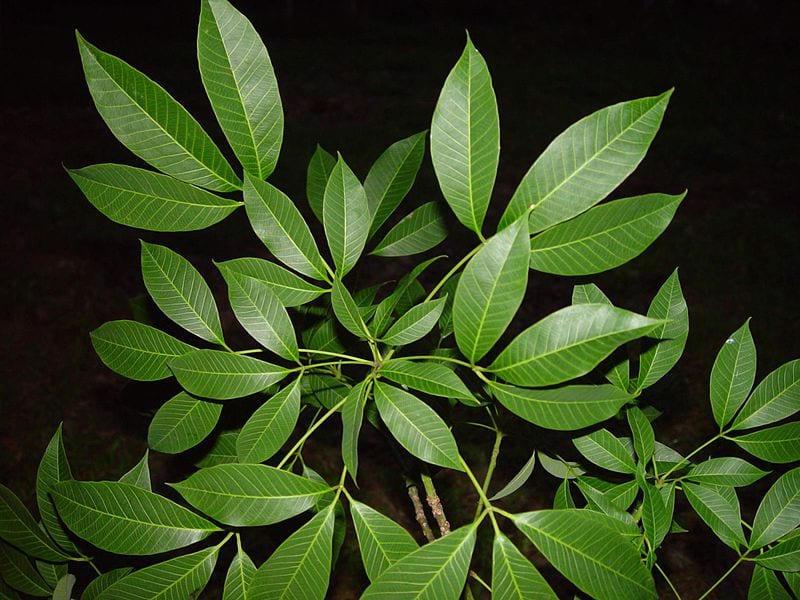
If you want to have a Hevea in your garden or patio, it is important that you take into account the following:
Climate
It is the first thing that we have to inform ourselves about when we are going to buy a plant. From my own experience I will tell you that experimenting is great, it helps you to learn and also so that the plants themselves give you a pleasant surprise more than once. But you have to experiment with your head.
It makes no sense to buy a tropical plant and put it in a garden in an area where frost occurs because we would lose it right away. So, to avoid this happening to you with the Hevea, you should know that they live in a warm tropical climate, with its wet season and its season, well, less humid, which is not really dry (not if we compare it with the dry season of the Mediterranean region, where we can go up to 6 months without seeing rain).
Earth
- Flower pot: fill with mulch mixed with 30% perlite. You can get the first here and the second by here.
- Garden: the soil must be fertile, rich in organic matter, and with a neutral or somewhat acidic pH (pH 6 to 7).
Irrigation
Irrigation must be very frequent. If the climate is right, you have to keep the soil or substrate moist but not waterlogged. During the 'dry' season, water a little less.
Use rainwater whenever you can, or tap water if it is suitable for human consumption. If you can't, fill a basin with water and let it sit overnight: the next day use the one from the middle to the edge of the container, trying not to move it too much so that the heavy metals stay at the bottom.
Subscriber
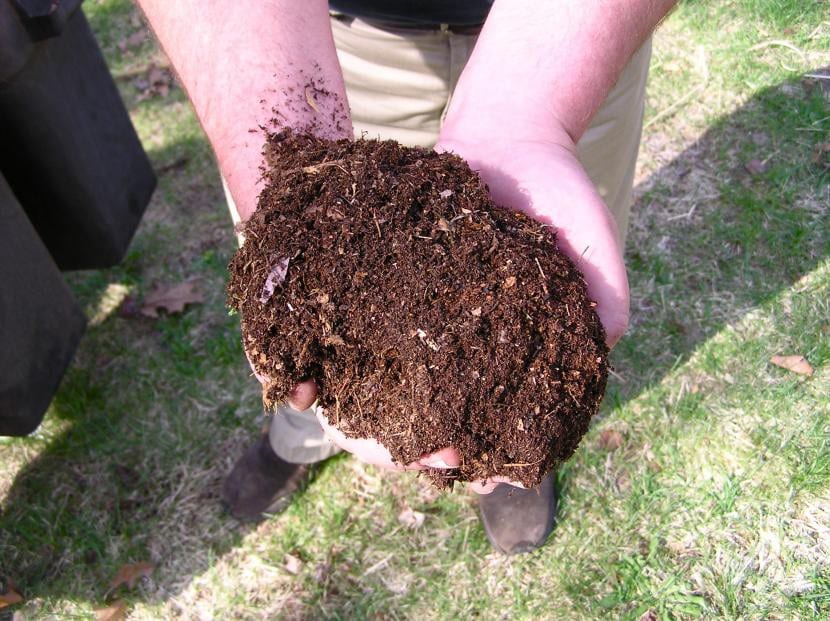
You must pay the Hevea with Organic fertilizers, such as guano, compost, manure, among others, once every 10 or 15 days.
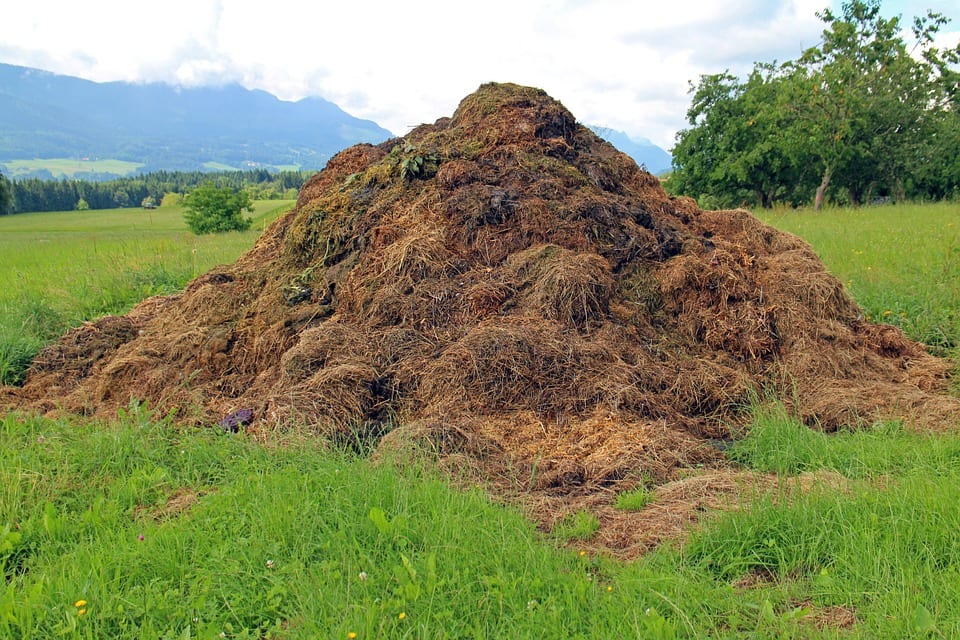
Multiplication
It multiplies by seeds in spring (or after the 'dry' season if the climate is tropical). For this we advise following this step by step:
- First, put the seeds in a glass of water for 24 hours.
- After that time, stay with the ones that have sunk as they will be the ones that can germinate.
- Then fill a lidded seedling tray (for sale here) or a pot with drainage holes with mulch mixed with 30% perlite, and water.
- Next, sow a maximum of two seeds in each socket, or a maximum of 4 in the pot, and sprinkle sulfur on top. This will prevent fungi from damaging them.
- Finally, cover them with a thin layer of substrate, and water.
They will germinate in about a month.
Planting or transplanting time
En spring (or after the 'dry' season) it can be planted in the garden, or changed pot if necessary.
Rusticity
They do not resist frost. The minimum temperature should not be less than 18ºC. Even so, if you have an interior patio or a greenhouse, you should not have many problems.
What are Hevea for?
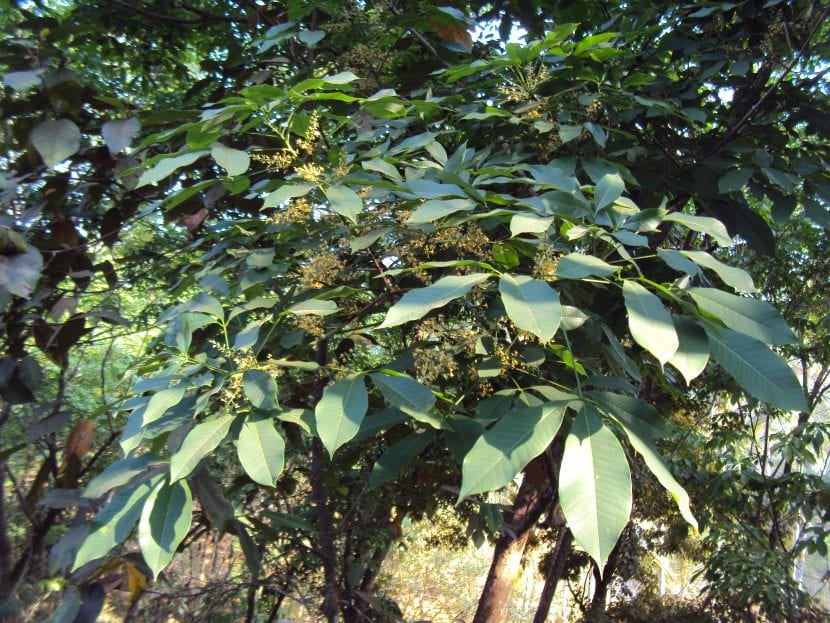
Image - Wikimedia / Vinayaraj
Ornamental
They are used as an isolated specimen or in separate groups. It gives a very good shade, which is perfect to celebrate under its branches birthdays, or any other family event.
Other uses
The Hevea are trees that contain latex, white or yellowish, very abundant in their trunks. Rubber is made with this latex, which is a material that is then used to make tires for example, or certain types of hubs.
What did you think of the Hevea? Did you know them?